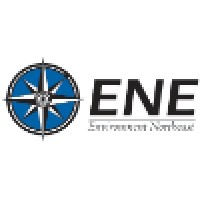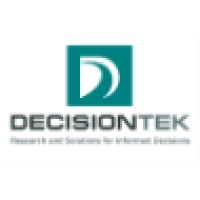
ENE
ENE was founded in Rockport, ME in 1999 and has grown rapidly to 16 professional staff in offices in 5 different states/provinces and two countries. ENE is a respected leader in advancing climate change and energy, transportation and forest based solutions at the state, regional and federal levels in both the U.S. and Canada. ENE focuses on cutting edge issues; maintains a staff of interdisciplina ry experts; and grounds our work in credible research. We coordinate and build partnerships with advocates, business leaders, academics, and community groups. ENE identifies new opportunities to drive change and we do the hard work on the ground to ensure that policies bring real results. From channeling investments in efficiency that will save billions of dollars for energy customers to cutting diesel pollution in urban communities, building one of the region’s largest climate and energy databases to spearheading advocacy for the nation’s first GHG cap and trade program ---ENE is proud to be on the leading edge of policies that are bringing clean air, healthy environment and strong economy.






